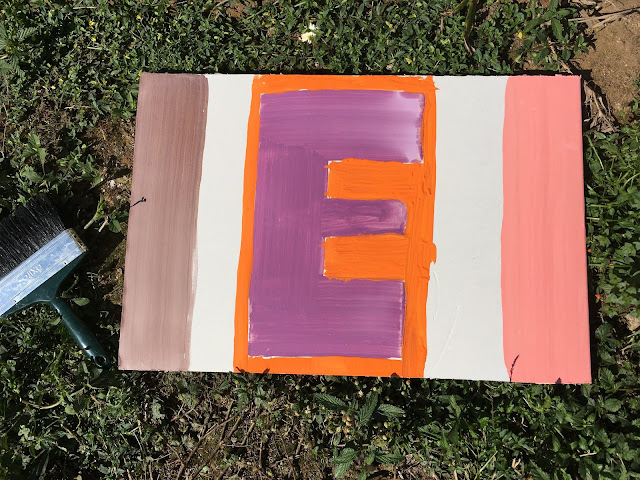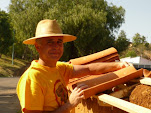Entre las cosas que aprendí en el taller de pinturas a la cal, fue el uso de aditivos para mitigar o impedir que la pintura suelte polvillo de cal. Nos dijeron que el aditivo ideal era la caseína. En segundo lugar la dextrina. Como no encontré caseína en el mercado, hice pruebas con dextrina.
Among the things I learned in the workshop on lime paints was the use of additives to mitigate or prevent that the paint generates lime dust. They told us that the ideal additive was caseine and in second place the dextrine. Since I couldn´t find caseine in the marketplace, I made tests with dextrine.
¡El resultado final se deja ver!
The final result can be seen!
Empecé con diversas dosis de dextrina.Inicialmente las intenté diluir en agua y agregar a la cal en pasta.
I started with different dosis of dextrine. Initially I tried to dillute the dextrine in water and then add to the lime paste.
La idea no resultó bien. La dextrina se hizo grumos una vez agregada a la cal en pasta. Fue muy laborioso deshacer y disolver los grumos.
The idea was not very good. The dextrine formed clumps once added to the lime paste. I took a great deal of work to separate and dilute the clumps.

¿la solución? Disolver la dextrina en agua muy caliente y después agregar a la cal en pasta. La única pequeña desventaja es que la dextrina imparte una tonalidad ligeramente amarilla a la cal.
The solution? Dissolve the dextrine in very hot water and then add to the lime paste. The only small disadvantage was that the dextrine gave a yellow hue to the lime.
Aquí la primer mano. La pintura se aplica muy fácilmente, pero no cubre mucho.Tuve que dar 4 manos para que quedara bien.
Here the first hand. The paint is applied very easily, but it does not cover much. I had to put 4 hands until it was good.
La gran incógnita: ¿en cuánto tiempo tendré que darle mantenimiento?
The big unknown: how long until I have to maintain it?
Solamente pinté el cuarto de lectura y el cubo de la escalera. Las demás habitaciones conservarán el color tierra.
I only painted the reading room and the stairway. The other rooms will keep the earthen color.
Aun me falta la transición de blanco a color tierra. Estoy pensando en una especie de hojas de alcachofa que se vayan oscureciendo sucesivamente.
I still have to transition from white to earthen color. I am thinking of a kind of artichoke leaves that get successively darker












































